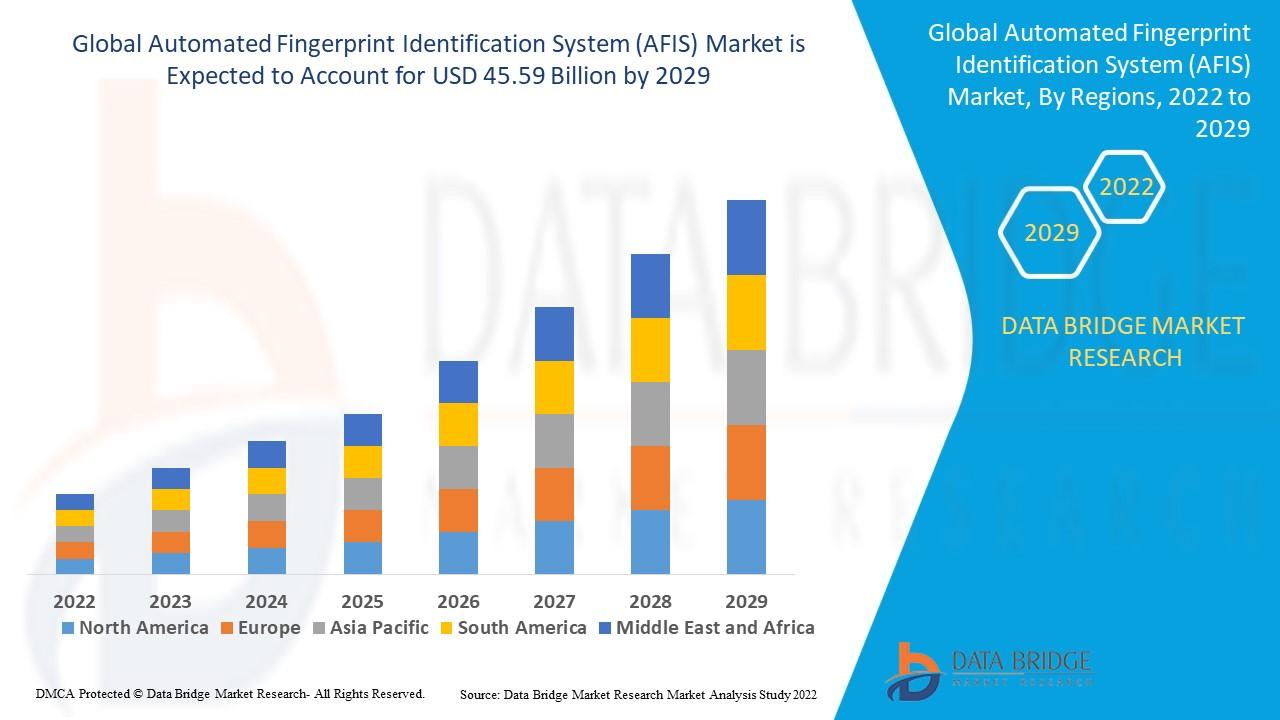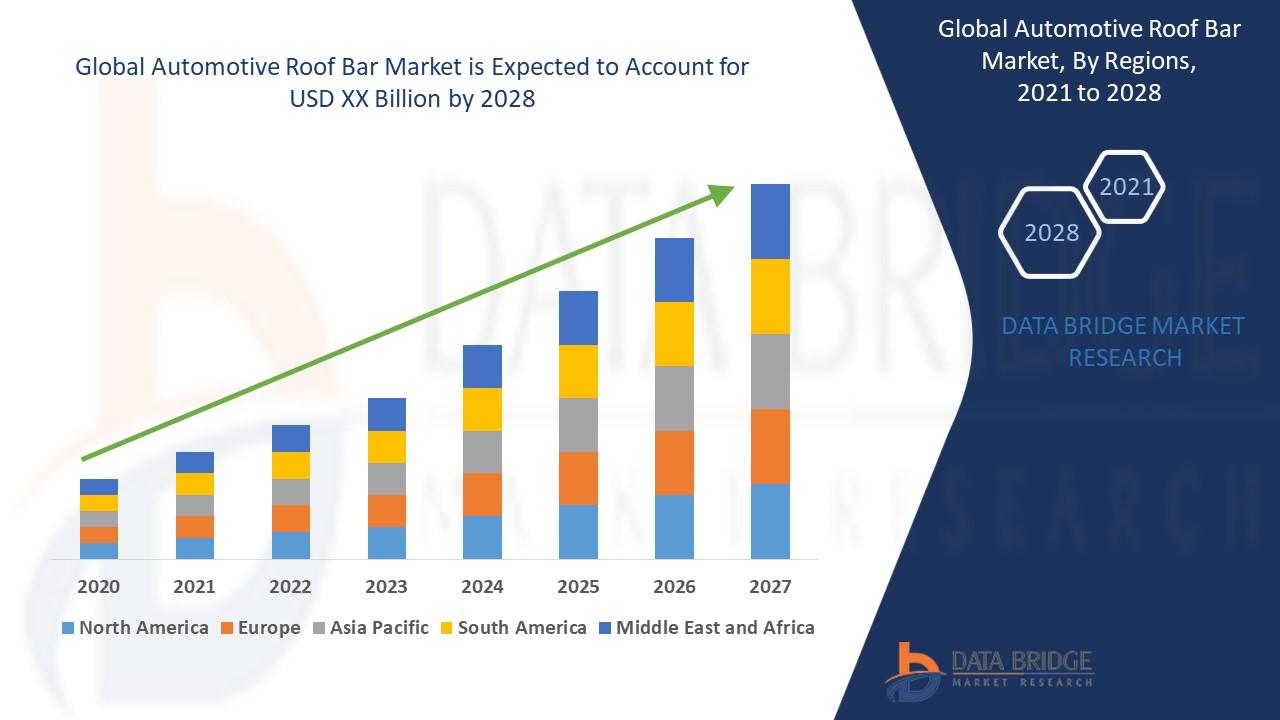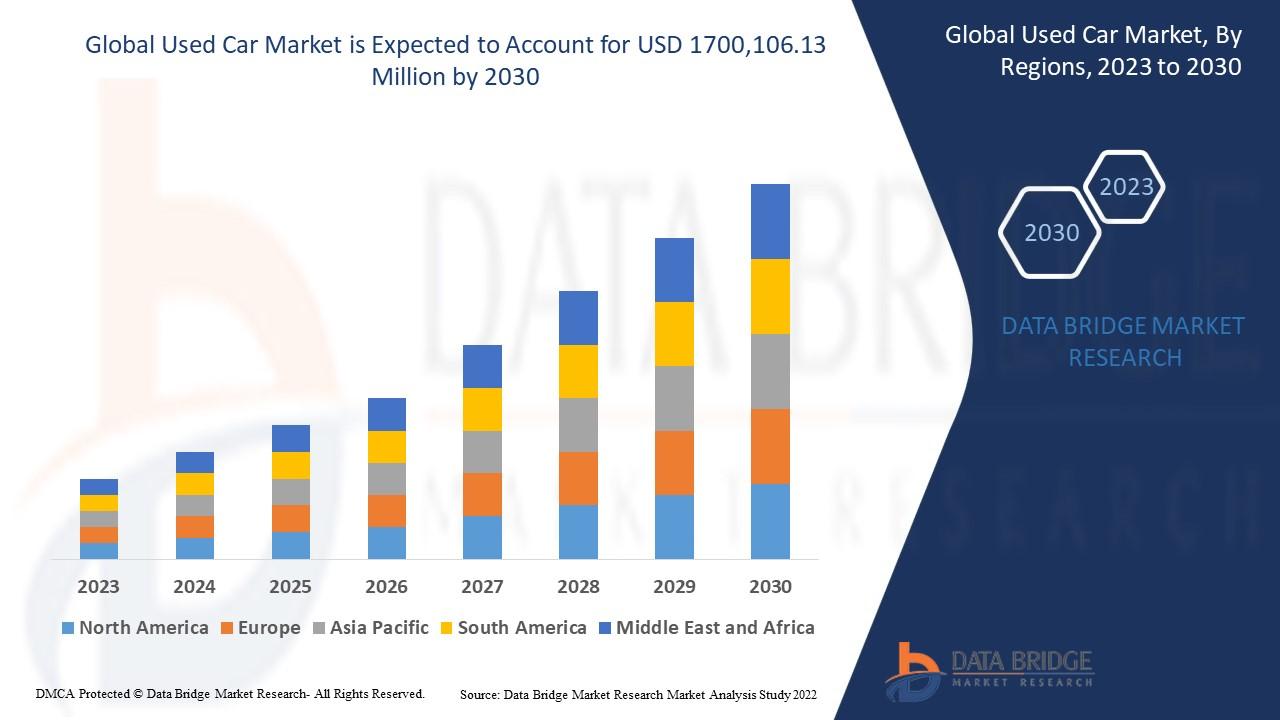Global Electric Parking Brake Market Size and Adoption Outlook to 2035

The global shift from mechanical levers to electronic switches for parking brakes is not just a convenience trend; it's a multi-billion-dollar industrial transition. The Electric Parking Brake (EPB) Market Size, which measures the total annual global revenue from the sale of EPB systems and their components, has seen explosive growth over the past decade. As of late 2025, this market is valued at well over $6 billion USD (with some recent industry reports projecting the 2025 value between $6.3 billion and $7.5 billion) and is forecast to continue its strong upward trajectory. This impressive valuation is driven by the technology's rapid move from a luxury niche to a mainstream standard, fueled by powerful benefits in design, safety, and its role as an enabler for future automotive technologies.
Deconstructing the Market Size: Where Does the Value Come From?
The total market size is an aggregation of revenue from the sale of complete EPB systems, which are typically divided into two main types:
-
Caliper-Integrated Systems: This is the dominant and fastest-growing segment. It consists of the rear brake calipers with the electric motor, gearbox, and control unit integrated directly into the caliper housing. This is a high-value, sophisticated component.
-
Cable-Pull Systems: This older, transitional system uses a central motor and control unit that pulls the existing brake cables. This segment is rapidly shrinking in the passenger car market and holds a much smaller share of the market value.
The market size calculation is, therefore:Market Size ≈ (Number of New Vehicles with EPB) x (Average System Price per Vehicle)
Key Factors Driving the Valuation
The market's multi-billion-dollar size is underpinned by several powerful drivers:
-
High Penetration Rate in New Vehicles: The "attach rate" of EPBs in new passenger vehicles is soaring. In mature markets like Europe and North America, it is already a standard feature on the majority of new models. In rapidly growing markets like India, it has become a key differentiator, moving from high-end SUVs (like the Tata Harrier) to mainstream compact cars (like the new Hyundai Venue). This high volume is the primary driver.
-
Increasing Value per System: The system itself is more valuable than the simple mechanical lever it replaces. It includes multiple components:
-
The in-cabin switch.
-
One or two electric motor actuators (the most expensive parts).
-
A dedicated Electronic Control Unit (ECU) or integrated software within the main brake controller.
-
Associated wiring and sensors. This "content-per-vehicle" is significantly higher than that of a handbrake.
-
-
Adoption in Electric Vehicles (EVs): EVs have almost 100% adoption of EPBs. The system is essential for seamless integration with the electric powertrain, "one-pedal" driving features, and automatic engagement when the vehicle is "off." The global EV boom is a direct catalyst for EPB market growth.
-
Enabling Key Features: The EPB is not just a park brake; it's the enabler for the "Auto-Hold" feature. This function, which holds the brake in stop-and-go traffic, is a massive convenience and a key selling point that consumers actively seek, further driving the adoption (and value) of EPB systems.
Regional Market Size
-
Asia-Pacific (APAC): This is the largest and fastest-growing regional market for EPBs. This is driven by the sheer volume of vehicle production in China and the rapid adoption of new technology in India and South Korea. Indian automakers, in their quest to offer more features and compete with global brands, have become a major driver of EPB demand.
-
Europe: A very large and mature market, where EPBs have been standard on most new vehicles (even in the compact segment) for several years, driven by interior design and convenience trends.
-
North America: Another massive market, where the technology is standard on almost all new passenger cars and SUVs.
Future Projections The market size is universally forecast to continue its strong growth, with many analysts projecting a CAGR between 6% and 9% through 2030-2035. This sustained growth will be driven by the technology's continued penetration into entry-level segments and emerging markets, and its foundational role in all-electric and autonomous vehicle platforms.
Frequently Asked Questions (FAQ)
Q1: What is the estimated global market size for Electric Parking Brakes in 2025?A1: As of 2025, the global market size is estimated to be valued in the range of $6.3 billion to $7.5 billion USD for the year, with strong projections for continued growth.
Q2: Which region is the largest market for EPBs?A2: The Asia-Pacific (APAC) region is the largest market in terms of both volume and value. This is due to it being the world's largest automotive manufacturing hub (led by China and India) and the rapid adoption of this technology by domestic and international brands in the region.
Q3: Which type of EPB system is more common?A3: The caliper-integrated system (where the motor is directly on the rear brake caliper) is by far the most dominant and modern solution. The older "cable-pull" systems are a declining, transitional technology and hold a much smaller share of the new vehicle market.
Q4: How do EVs (Electric Vehicles) impact the EPB market size?A4: EVs are a major positive driver. They have a nearly 100% adoption rate for EPBs, as the system is essential for seamless operation (e.g., auto-engaging when "off") and for integrating with advanced features like "one-pedal driving" and auto-hold. The global EV boom directly fuels the EPB market's growth.



